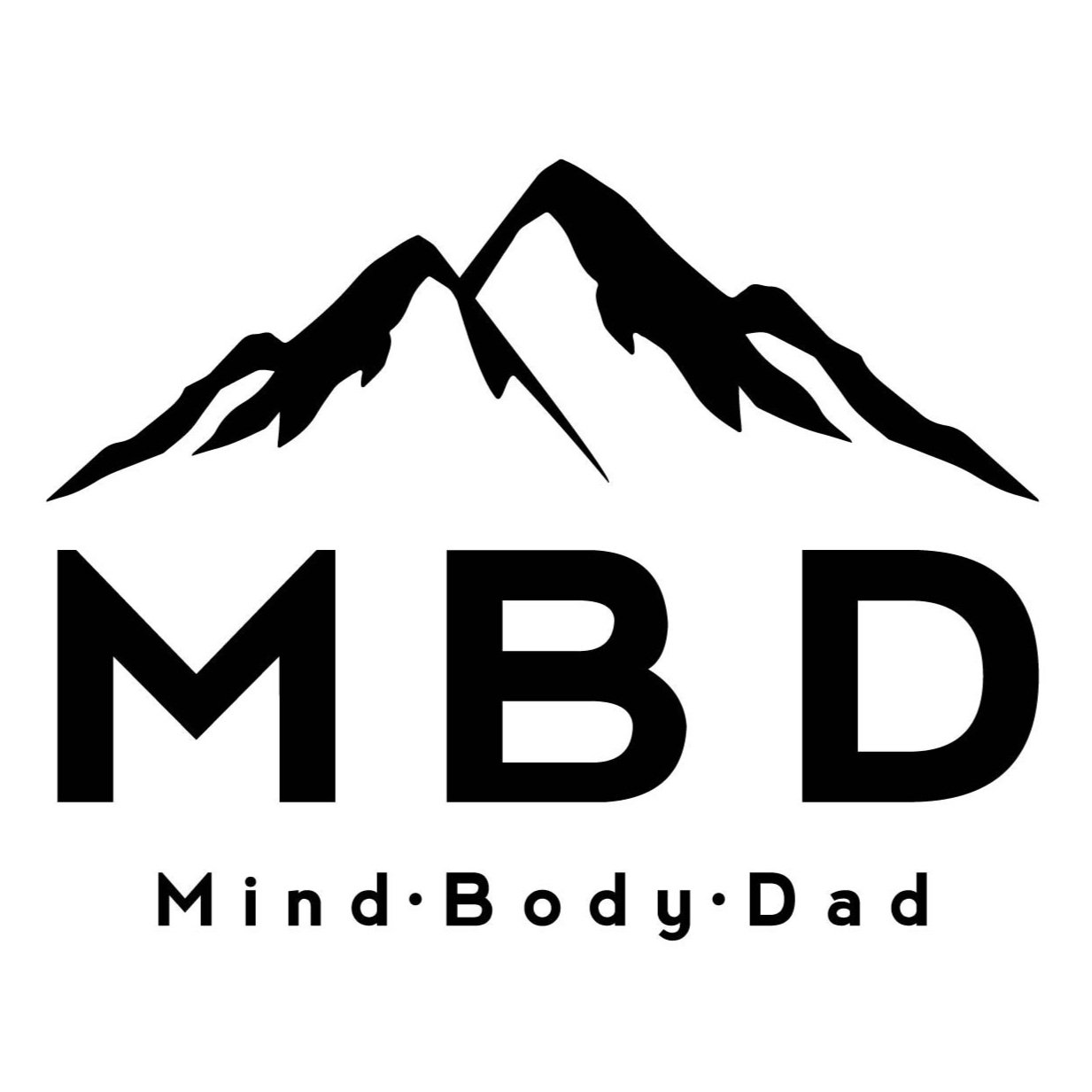Sex, Time, and Appreciation in 80/80 Marriage | 3 Takeaways
"The most powerful forms of inequality in marriage are invisible—
and emotional labor is at the heart of it."
—Nate Klemp PhD & Kaley Klemp
Nate Klemp, PhD, and Kaley Klemp are a husband-and-wife team who’ve spent years researching what makes modern relationships work—and what quietly tears them apart. In their book The 80/80 Marriage, they challenge the outdated 50/50 fairness model and introduce a radical new approach rooted in generosity, structure, and shared success. It’s a practical blend of psychology, research, results from their personal surveys, and real-life strategies that address the invisible struggles couples face today.
This book stood out to me because it doesn’t just diagnose the problems—it offers practical tools. From unspoken mental load and emotional labor to how we handle sex, time, and appreciation, it delivers insights every modern couple should hear.
Here are the three takeaways that made the biggest impact on me.
1. Shift Your Mindset to Appreciation
One of the biggest differences between thriving couples and struggling ones comes down to how they see their partner. According to relationship researcher John Gottman, masters of marriage constantly scan for things they can appreciate and express gratitude for, while disasters focus on what their partner is doing wrong.
“Happy couples. In other words, see the world of their marriage through this lens of appreciation.”
The research even boils it down to a ratio—healthy relationships maintain at least five positive interactions for every negative one.
The good news? You don’t have to wait for appreciation to happen naturally—you can build it like any other habit. Start small: acknowledge the little things, like making coffee, handling the school drop-off, or planning a date night. Get specific, make it playful, and don’t be afraid to ask for appreciation when you need it. These positive interactions also include compliments, kisses, and gentle touches. The “Olympians” of healthy relationships had a 20-to-1 ratio of positive to negative interactions.
“And that's why Gottman claims the uncanny ability to predict with over 90% accuracy whether a couple will get divorced. It doesn't matter what they're fighting about. It doesn't matter how often they have sex. It doesn't even matter whether they are rich or poor. What matters is this invisible atmosphere of interaction. If a couple bounces back from conflict by redirecting their attention to appreciation and love they're going to make it. If they’re stuck in a swirl of criticism, withdrawal, and indifference, they're destined for divorce or a lifetime of chronic unhappiness.”
When couples create a culture of noticing and verbalizing gratitude, it shifts the entire dynamic of the relationship for the better.
My take: This is something that hit home with me. I do not express my appreciation as much as I should so I set a daily reminder in my phone to prompt me until that habit sticks.
2. Creating Space for Connection
The biggest challenge for modern marriages? No space. Between work, kids, and never-ending to-do lists, couples often feel like they’re just co-managing life instead of truly connecting. The happiest couples don’t just wait for connection to happen—they build it into their daily, weekly, and yearly routines. The 80/80 model suggests structuring connection through three types of habits:
Micro Habits: These are the small, everyday moments that strengthen a relationship, like taking a 10-minute walk together after dinner, greeting each other with a long hug, or doing a quick emotional check-in (“How are you really doing?”). They may seem small, but they add up over time.
Medium Habits: These require a little planning, like weekly date nights, sneaking out of work early for a movie, or scheduling an uninterrupted hour to talk. One couple even had “Adult Swim” breaks—skinny dipping during the workday just to reset. Find what works for you and make it a ritual.
Macro Habits: These are the big resets—vacations without the kids, weekend getaways, or even quarterly “off-the-grid” trips. Even one weekend a year of dedicated time together can make a huge difference in a marriage.
Building connection doesn’t have to be overwhelming—it just needs to be intentional. Start with micro habits, add medium ones when you can, and aim for at least one macro habit each year.
3. Ending the Power Struggle Over Sex
In many relationships, one partner tends to have a higher sex drive than the other, leading to a power imbalance that can create frustration, disconnection, or even resentment. Just like financial dynamics in a marriage, the key to balancing this isn’t about keeping score—it’s about adding structure and practicing radical generosity. The goal is to move away from a mindset of withholding or obligation and toward a mutual understanding that prioritizes connection.
The book lays out four strategies for shifting sex from a battleground to a shared experience:
Schedule It (Without Killing the Spark): Spontaneity is great, but life gets busy. Instead of treating sex like another task on the calendar, think of it as planning time to reconnect, whether that’s a date night, a long hike that leads back to an empty house, or a weekend away.
The Sex Challenge: By intentionally shaking up the routine—whether it’s a one-week challenge or a longer commitment—couples remove sex as a point of negotiation and rediscover connection without the constant question of do we or don’t we?
Orgasmic Altruism: Radical generosity applies to sex too. The high-drive partner can ease up on pressure and initiation, while the low-drive partner can be more open to exploring connection, even if they’re not immediately in the mood.
Turning Rejection Into a Plan: Instead of a hard no, offering an alternative time (e.g., “Not tonight, but tomorrow”) eliminates uncertainty and prevents one partner from feeling permanently shut down.
Related:

